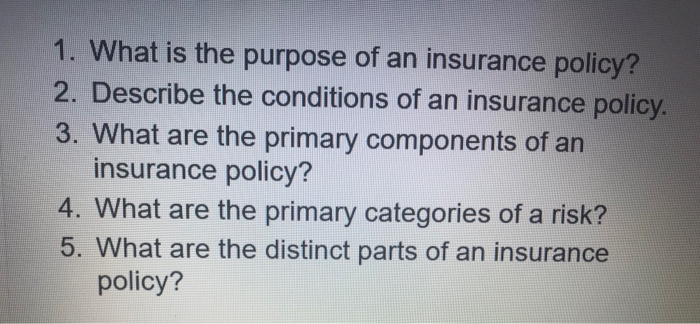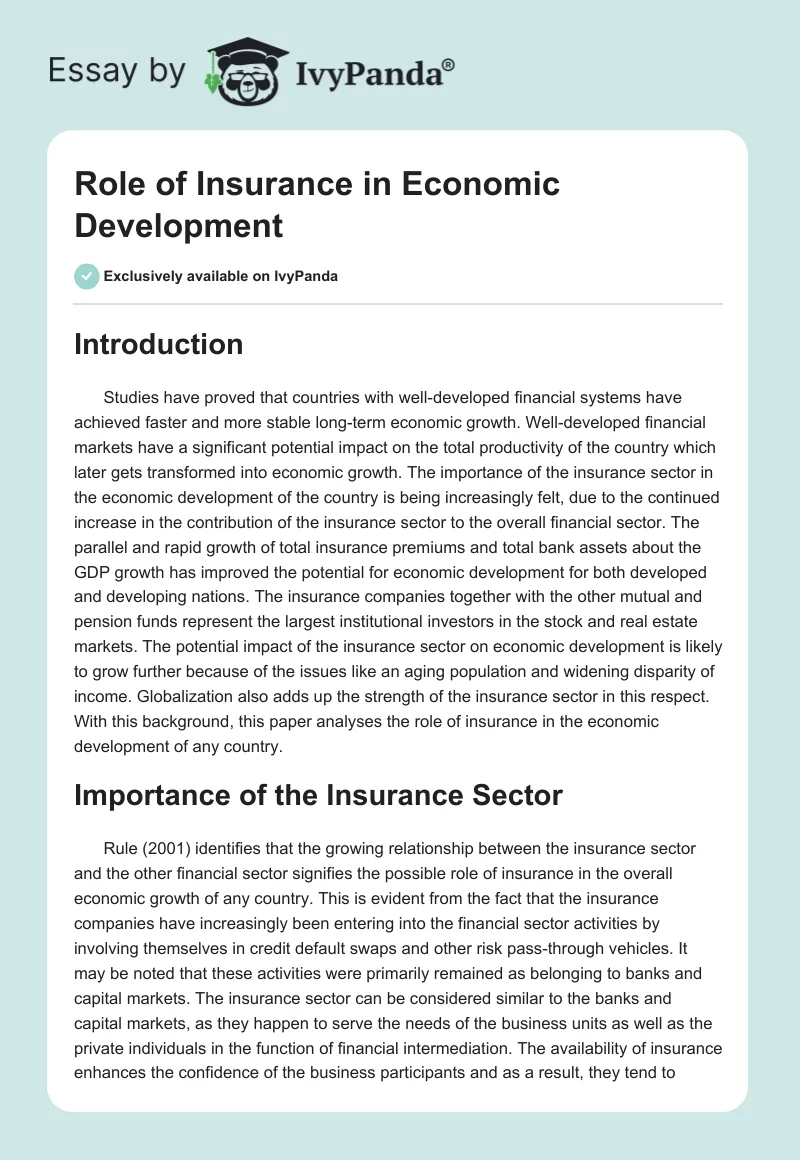The Only Guide to Pacific Prime
Table of ContentsSome Known Questions About Pacific Prime.How Pacific Prime can Save You Time, Stress, and Money.See This Report on Pacific PrimeThe Buzz on Pacific Prime
In most states, the insurance firm is required to send you a copy of the changes to your policy. It is very important that you review Endorsements or Motorcyclists so you comprehend how your policy has altered and if the policy is still appropriate to satisfy your requirements. To get a duplicate of your insurance coverage, please contact your insurance agent or business.
The Institute of Medicine (IOM) Board on the Repercussions of Uninsurance launches an extensive exam of proof that addresses the relevance of health insurance protection with the magazine of this record. Protection Matters is the very first in a series of six records that will be issued over the following 2 years recording the truth and consequences of having an approximated 40 million individuals in the United States without medical insurance protection.

Rumored Buzz on Pacific Prime
The objective of this collection of studies is to redouble policy interest on a historical trouble. Following the longest financial development in American background, in 1999, an estimated one out of every 6 Americans32 million adults under the age of 65 and greater than 10 million childrenremains uninsured (Mills, 2000).

Ten percent of the population make up 70 percent of wellness care expenditures, a relationship that has stayed consistent over the previous 3 decades (Berk and Monheit, 2001) - global health insurance. Hence health insurance policy remains to serve the function of spreading out threat also as it significantly finances regular treatment. From the viewpoint of healthcare companies, insurance coverage lugged by their clients assists protect a profits stream, and areas take advantage of monetarily feasible and secure health care specialists and establishments
Federal government gives medical insurance to populations whom the private market may not offer successfully, such as disabled and senior citizens, and populaces whose accessibility to healthcare is socially valued, such as youngsters and expectant ladies. The supreme ends of medical insurance protection for the individual and communities, including office areas of workers and companies, are enhanced health end results and lifestyle.
An Unbiased View of Pacific Prime
Workers place health insurance policy first by much in value among all the advantages provided in the work environment (Salisbury, 2001). Although there have been substantial investments of individual and public funds to give health insurance, many individuals still have no protection. In spite of comprehensive coverage of study findings and wellness care research study results, the public remains baffled and mistaken concerning Americans without medical insurance and the ramifications of doing not have insurance coverage.

Without concern, the intricacy of American health care funding devices and the wide range of resources of information include in the public's complication and skepticism regarding wellness insurance statistics and their interpretation. This record and those that will certainly follow aim to boil down and provide in conveniently understandable terms the extensive study that bears upon inquiries of wellness insurance protection and its relevance.
Fifty-seven percent of Americans polled in 1999 believed that those without health and wellness insurance coverage are "able to obtain the treatment they need from medical professionals and medical facilities" (Blendon et al., 1999, p. 207). In 1993, when national interest was concentrated on the issues of the uninsured and on pending wellness treatment regulation, simply 43 percent of those polled held this belief (Blendon et al., 1999).

They likewise receive fewer precautionary services and are less most likely to have regular care for persistent conditions such as high blood pressure and diabetic issues. Chronic diseases can lead to costly and disabling problems if they are not well managed (Lurie et al., 1984; Lurie et al., 1986; Ayanian et al., 2000). One nationwide study asked greater than 3,400 adults concerning 15 extremely significant or dark conditions.
3 Easy Facts About Pacific Prime Described
Additional proof is presented later on in this phase in the discussion of insurance coverage and access to health and wellness care. https://hub.docker.com/u/pacificpr1me. Individuals without medical insurance are young and healthy and balanced and choose to do without insurance coverage. Practically half (43 percent) of those surveyed in 2000 thought that people without medical insurance are most likely to have health issue than individuals with insurance coverage
Voters and policy manufacturers in emphasis team discussions characterize those without insurance policy as young people that have the opportunity to be covered and feel they do not need it (Porter Novelli, 2001). Compared to those with at the very least some personal coverage, the uninsured are much less likely to report remaining in click to find out more outstanding or very good wellness (Agency for Medical Care Research Study and Top Quality, 2001).
SOURCE: Center for Price and Financing Research Studies, Firm for Healthcare Research Study and Quality, based on MEPS information. Young adults in between 19 and 34 are much more likely to do not have health insurance coverage than any kind of various other age group. This is mainly since they are less frequently eligible for employment-based insurance policy due to the nature of their work or their brief tenure in it.
The assumption that people without insurance coverage have better-than-average wellness follows from puzzling the reasonably young age account of the without insurance with the far better health and wellness, generally, of more youthful individuals. This covers the link between wellness standing and wellness insurance. For those without access to workplace health insurance coverage, inadequate health is a potential barrier to purchasing nongroup coverage due to the fact that such protection might be highly priced, omit pre-existing problems, or be just not available.
 Jonathan Taylor Thomas Then & Now!
Jonathan Taylor Thomas Then & Now! Tia Carrere Then & Now!
Tia Carrere Then & Now! Val Kilmer Then & Now!
Val Kilmer Then & Now! Kelly Le Brock Then & Now!
Kelly Le Brock Then & Now! Catherine Bach Then & Now!
Catherine Bach Then & Now!